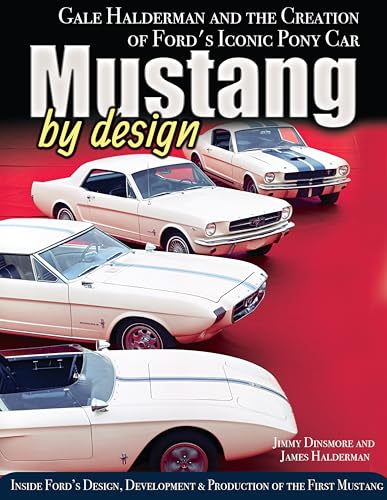- Joined
- Sep 30, 2010
- Messages
- 6,303
- Reaction score
- 1,262
- Location
- Mustang, OK.
- My Car
- 1972 Mach 1 Q code
2007 GT
1969 Cougar Eliminator B302
CSX 7000 Shelby Cobra FIA
2020 Edge ST
2002 F250 V10
The cam is not that big. I think 14 in./hg. vacuum is good. 300-500 RPM fluctuations is not normal. What carb and distributor is installed? Either the distributor has a problem causing timing fluctuations or the carb needs adjustment/calibration or repair. Isolate one as known good and move to the other. Let us know what you find. Chuck


































